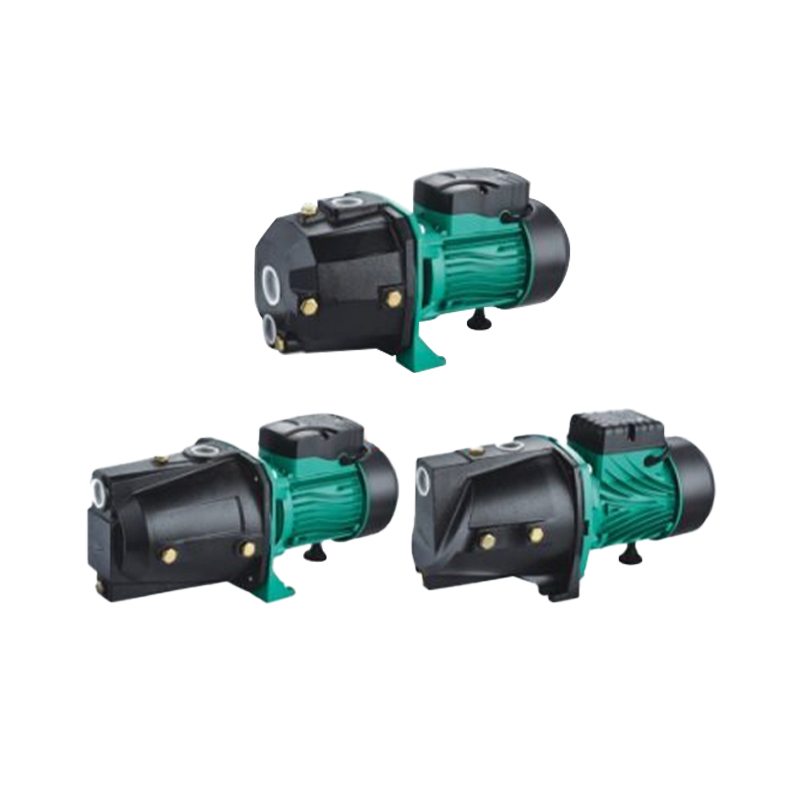QYH Oil-Immersed Seawater Electric Submersible Pump for Underground Water Pumping
The Oil-Immersed Seawater Electric Submersible Pump (ESP) is an advanc...

Self-priming pumps, such as the Self-Priming Shallow Well Pump, Self-Priming Centrifugal Jet Pump, and Self-Priming Shallow Well Jet Pump, are widely used in residential, agricultural, and industrial applications due to their efficiency and ease of use. These pumps are designed to automatically remove air from the system and prime themselves, making them a convenient choice for water supply and irrigation systems.
The Self-Priming Shallow Well Pump is often used in shallow well applications where the water source is within a manageable depth range. The important aspects of maintaining this pump is ensuring that the suction hose is airtight. Any air leaks in the suction line can prevent the pump from priming properly. Regularly inspect the suction hose for any cracks or leaks, and replace any damaged sections promptly. Additionally, check the pump's impeller and other internal components for wear and tear. Over time, debris and sediment can build up inside the pump, causing blockages and reducing efficiency. Flushing the pump periodically with clean water can help prevent these issues.
Similarly, the Self-Priming Centrifugal Jet Pump operates by creating a vacuum that draws water into the system, making it ideal for shallow and moderate depth wells. However, the centrifugal force can cause wear on the pump's internal parts if not properly maintained. Regularly check the jet nozzle for clogs or buildup, as this can impact the pump's ability to prime and function efficiently. It is also essential to lubricate the moving parts of the Self-Priming Centrifugal Jet Pump regularly to reduce friction and prevent premature wear. Overheating can be a common issue if the pump runs for extended periods without maintenance, so ensure that the motor is running at the proper temperature and clean any ventilation screens to allow for adequate airflow.
For the Self-Priming Shallow Well Jet Pump, it's important to maintain proper water levels to avoid running the pump dry. Operating the pump without water can cause severe damage to the motor and impeller. Be sure to check the water level in the well before starting the pump and avoid running the system when the water table is too low. Also, inspect the check valve regularly. A faulty check valve can prevent the pump from priming correctly, as water will flow back into the well, causing the system to lose its prime. Replacing a damaged check valve is crucial for maintaining the pump's efficiency.
Regardless of the type of self-priming pump, it's important to check the pump's seals and gaskets regularly. Leaky seals can cause water to escape, which will reduce the pump's ability to prime and result in a loss of efficiency. If you notice water around the pump or motor housing, it's a sign that the seals need to be replaced. Be sure to follow the manufacturer's guidelines on seal maintenance and replacement to prevent further damage.
Another key maintenance step is to protect the pump from freezing temperatures, especially if it is installed outdoors or in an unheated space. Freezing can damage the pump's internal components, particularly the impeller and seals. In colder climates, it's essential to drain the pump after each use to prevent water from freezing inside the system.
Regular inspection of the motor is essential. The motor is the heart of the Self-Priming Shallow Well Pump, Self-Priming Centrifugal Jet Pump, and Self-Priming Shallow Well Jet Pump, and any issues with the motor can impact the pump's performance. Check the motor for signs of overheating, unusual noises, or vibrations. Lubricating the motor bearings and ensuring that all electrical connections are secure will help prevent motor failure.
By following these maintenance tips, you can ensure that your Self-Priming Shallow Well Pump, Self-Priming Centrifugal Jet Pump, or Self-Priming Shallow Well Jet Pump continues to operate efficiently and reliably.